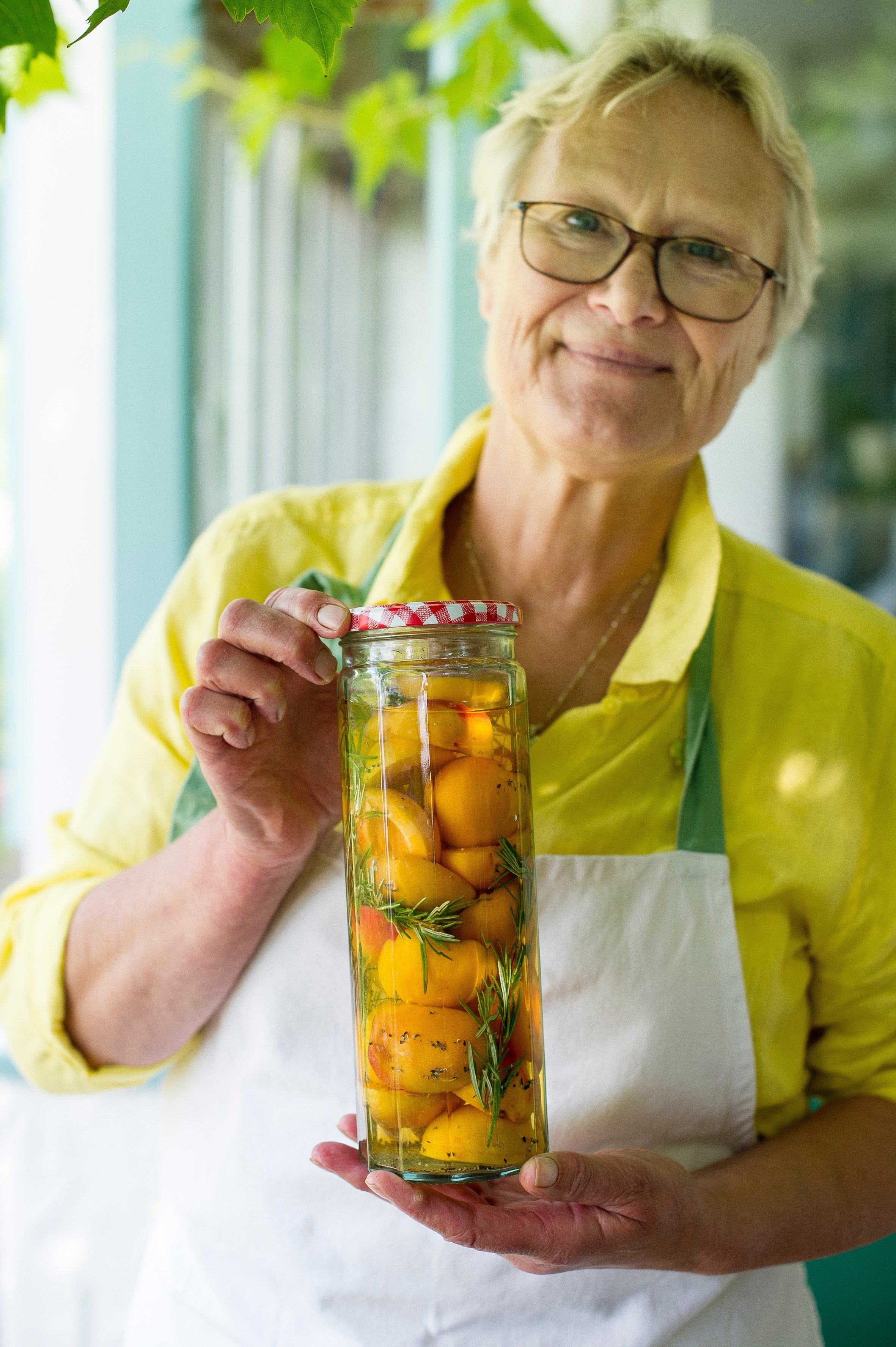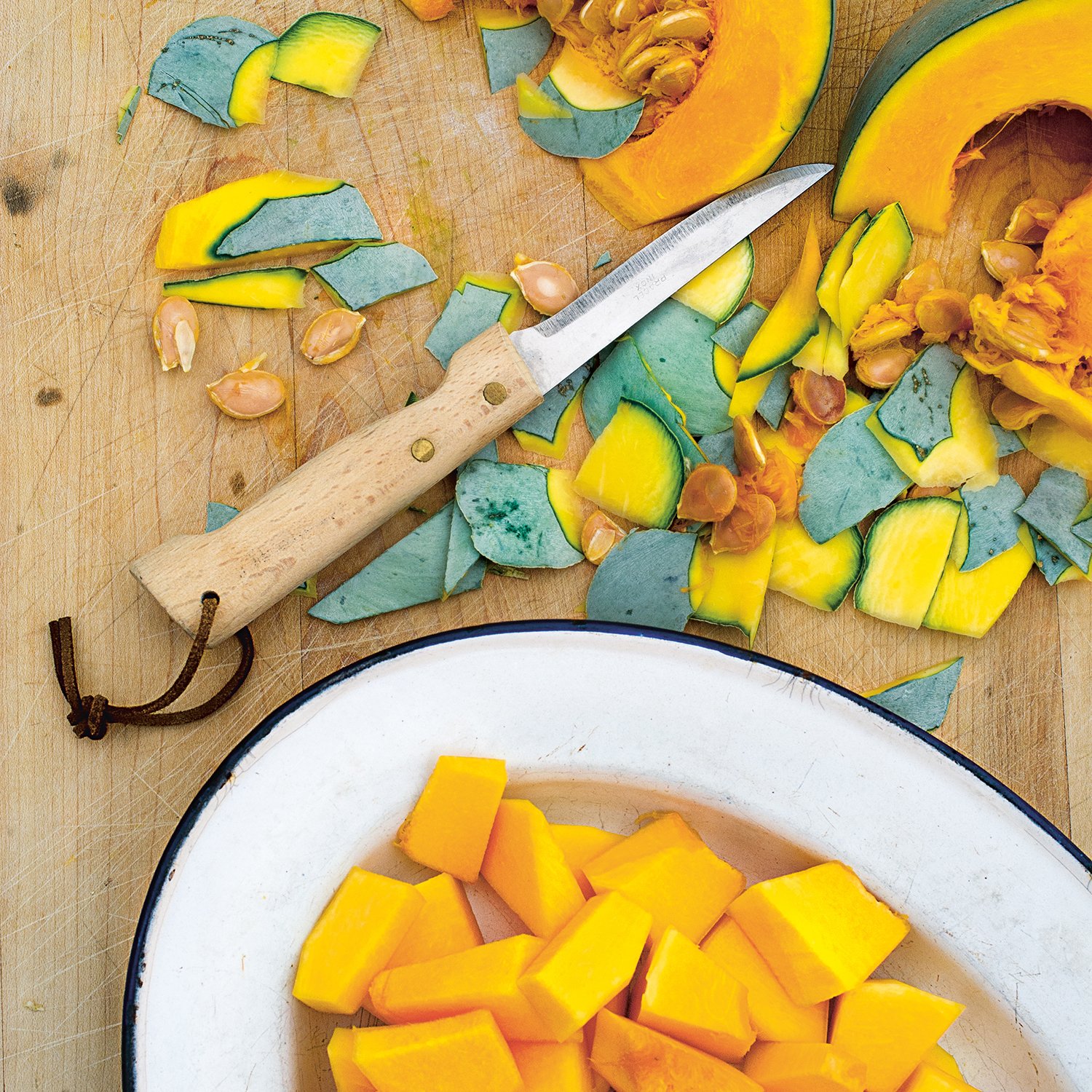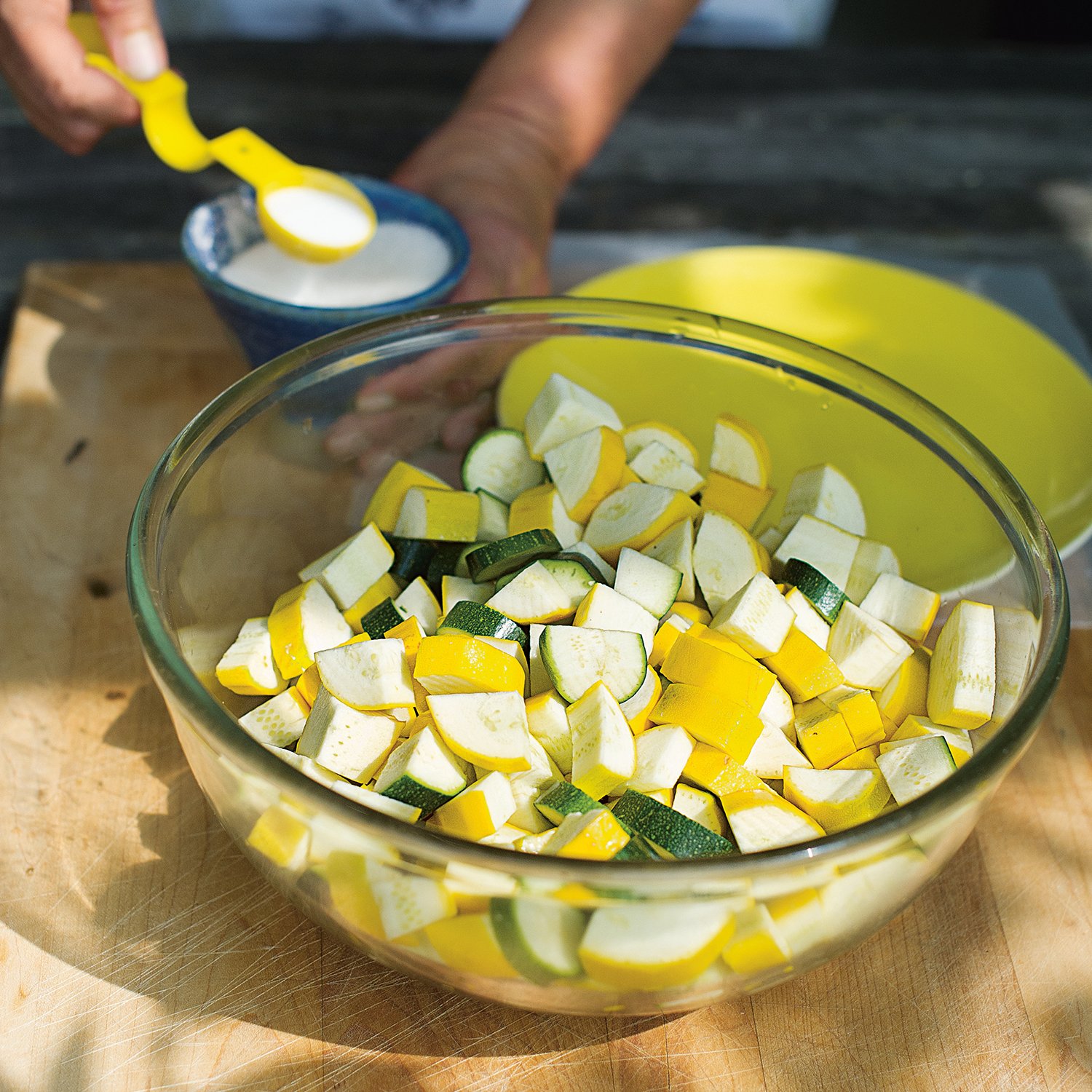Meet Pam the Jam: The Master of Preserves
When professionals need advice about making jams, chutneys, pickles or other preserves, they turn to Pam Corbin, aka Pam the Jam. After winning the Guild of Fine Foods’ Best Specialty Food Producer award in 2001 for her Thursday Cottage range of jams, marmalades and fruit curds, Pam cemented her reputation as a preserving expert at Hugh Fearnley Whittingstall’s River Cottage, appearing alongside him on TV while also penning River Cottage’s bestselling Preserves handbook. 

In her latest book, Pam the Jam: The Book of Preserves, Pam provides detailed instructions for making more than 100 of her favourite recipes which include modern classic pickles, chutneys, savoury jams and ketchups as well as jams. We caught up with Pam to find out more about her career, pickling during a pandemic, and her top tips for home preservers.
Why should people pickle and preserve in 2020?
In the midst of the coronavirus pandemic, learning how to preserve fresh produce in 2020 has become more paramount than ever. A well stocked larder brings security within a home because there is always some little treat tucked away that will turn a simple meal into a feast. It also brings peace of mind knowing the provenance of your food. And of course it totally embraces the ‘waste not, want not’ ethos in every sense. Preserving fresh produce, particularly if you have grown it yourself is such a satisfying step towards self sufficiency.
You’re best known for your jams but are you just as passionate about pickles?
I often tell people my vocation was decided the moment may parents named me: Pam rhymes so well with jam. And indeed it was the sweet preserves market – jams, marmalades, curds – that really provided me with my deep understanding of preserving. This came about because with my husband I owned a small artisan jam making business called Thursday Cottage. But with time, taste does change and these days I find myself experimenting more and more with pickles and savoury preserves. I love the piquancy they bestow upon other foods and I like the measured way in which they are often prepared.
How did working with Hugh-Fearnley Whittingstall and River Cottage influence you?
Hugh’s River Cottage HQ is right on my doorstep, and with its educational courses, TV and books series it was both a pleasure and fun to be involved; an amazing collaboration for us both. Whilst Hugh opened the door to many opportunities for me, I was able to encourage and inspire his many followers to learn to pot up and preserve properly.
How have your recipes changed over the years?
Even during my years as a professional jam maker, my focus was to keep the sugar content in our jams as low as it was legally allowed to be (there are stringent rules out there for jam makers to adhere to). With current day thoughts on reducing the sugar content in many foods, passing on my knowledge of this has been highly implicit to my recent recipes and book. I have applied this approach to pickles and chutneys too. I hope my pickles are crunchy brightness and flavour, whilst my chutneys are a mix of sour-sweet-spice, and very nice.

Which pickles or chutneys from your new book are your favourites? And what do you like to eat them with?
Oh what a question! I adore Helena’s Hot Dog Relish and eat it with everything: the Pumpkin Achar is fab, and a brilliant way to use pumpkins, whilst the Celery Pickle and despite its simplicity, is extraordinarily good, especially with cheese and smoked fish.
How about your family – which recipes are their favourites?
Hugh loves Marmalade (he likes to make his own), and my Courgette Chutney. My daughter Maddy’s favourites are Spicy Apple Chutney, Cucumber Pickle and Jalepeno Jam. And we all adore soft set fruity Raspberry Jam.

Which of your pickles or chutney recipes are best for beginners to try?
The Bread and Butter (Cucumber Pickle), Pickled Jalepenos, Hot Dog Relish, Runners Relish are all easy and rewarding to make.
What basic equipment and ingredients do people need to get started?
A preserving pan with tapered sides and a swing handle is very useful, although any roomy heavy based stainless steel pan can be used. The advantage of a custom made pan is that the narrow base allows the contents to heat rapidly, while the wide tops maximises evaporation. Other than this, some long handled wooden spoons, a good wide necked measuring jug, and some reliable kitchen scales.
How important is it to use a high quality vinegar? Which do you recommend?
Your pickles and chutneys will only be as good as the vinegar you use. Vinegar for preserving needs to have an acetic content of 5% or more; this should be marked on the label as ‘5% acidity’. My absolute favourite and go to vinegar is Aspalls Cider Vinegar - I love its delicate fruity sweetness. It works hard for me!
What is the most important advice you could give to home picklers?
Break things down into stages. If a recipe suggests leaving ingredients to brine of a couple of hours or more, then do so; salt brining removes the excess water from ingredients that would otherwise dilute the vinegar. Make sure your jars and lids are sparkling clean and to fill your jars to the brim. And enjoy!
Credit: Pam the Jam: The Book of Preserves (Bloomsbury Publishing, £20) is out now. Photography by Mark Diacono.

